Frequently asked questions
Company News
- Aluminum veneer: the new favorite of modern architecture and a witness to material transformation
- Aluminum curtain wall: the beauty of architecture, the soul of details
- Honeycomb aluminum plate: the secret behind lightweight structure
- 2. Customize aluminum veneer to give your home more face. 3 Customized aluminum veneer, design your
- Aluminum Curtain Wall: The Gorgeous Coat of Modern Architecture
Industry dynamics
- Anti rust performance test of aluminum veneer
- Discover the miraculous use of aluminum veneer!
- Material selection and construction technology for customized aluminum veneer
- From appearance to quality, the curtain wall aluminum veneer provides protection for your building!
- Carved exterior aluminum veneer is an innovative material that breaks through traditional architectural appearance
Frequently asked questions
- Can aluminum veneer be used in the design of building arch bridges?
- How does the service life of aluminum veneer compare to other exterior wall materials?
- How can aluminum veneer improve the appearance of buildings?
- Can aluminum veneer achieve customized design?
- Can the insulation function of aluminum veneer solve the structural problems of buildings?
contact us
Mobile:+86 15627778610
Email: 2201229786
Address: No. 5 Binjiang Road, High tech Zone, Zhaoqing City, Guangdong Province
How does the plasticity of aluminum veneer affect building comfort?
- Author: Lesilong Technology (Guangdong) Co., Ltd
- Release time: 2022-02-27 12:34:43
- Click:0

Aluminum veneerThe impact of plasticity on building comfort
Abstract: This article will explore the impact of the plasticity of aluminum veneer on building comfort. Aluminum veneer, as a commonly used building material, plays an important role in its plasticity in architectural design. Through the study of its plasticity, it can be found that its impact on building comfort is reflected in the following four aspects: aesthetic and personalized appearance, sound insulation and noise reduction effect, thermal resistance and insulation performance, environmental adaptability and durability.
1、 Beautiful appearance and personalization
1. Aluminum veneer has high plasticity and can be customized according to the needs of architects, making the appearance of buildings more beautiful and personalized.
2. Through the plasticity of aluminum veneer, various shapes such as arcs, curves, etc. can be designed to add unique artistic charm to buildings.
3. The plasticity of aluminum veneer can also achieve surface treatment of different colors and textures, meeting the diversity requirements of architectural styles.
2、 Sound insulation and noise reduction effect
1. Aluminum veneer has a certain quality and can effectively isolate the propagation of external noise, providing a quieter indoor environment.
2. By designing and installing aluminum veneer reasonably, the reflection and resonance of sound inside the building can be reduced, and the indoor acoustic environment can be improved.
3. The application of aluminum veneer plasticity can also achieve the design of different thicknesses and structures, further improving the sound insulation effect.
3、 Thermal resistance and insulation performance
1. Aluminum veneer has lower thermal conductivity, which can effectively reduce heat transfer and provide better thermal resistance performance.
2. By designing and installing aluminum veneer reasonably, an air layer or insulation layer can be formed to reduce the impact of indoor and outdoor temperature differences on the building.
3. The plasticity of aluminum veneer can also enable the design of different thicknesses and structures, further improving insulation performance and providing a more comfortable indoor environment.
4、 Environmental adaptability and persistence
1. Aluminum veneer has good corrosion resistance and weather resistance, and can adapt to different climates and environments.
2. Through the plasticity of aluminum veneer, different shapes and structures can be designed to improve its wind pressure resistance and enhance the stability of buildings.
3. The plasticity of aluminum veneer can also enable the design of different surface treatments, increasing its durability and ease of cleaning, and reducing maintenance costs.
5、 Summary:
The plasticity of aluminum veneer has a significant impact on building comfort. Through the analysis of appearance aesthetics and personalization, sound insulation and noise reduction effects, thermal resistance and insulation performance, as well as environmental adaptability and durability, we can see that aluminum veneer, as a multifunctional building material, plays an important role in improving building comfort. Future research can further explore the potential application of aluminum veneer plasticity in the field of architecture to meet people's demand for more comfortable and aesthetically pleasing buildings.

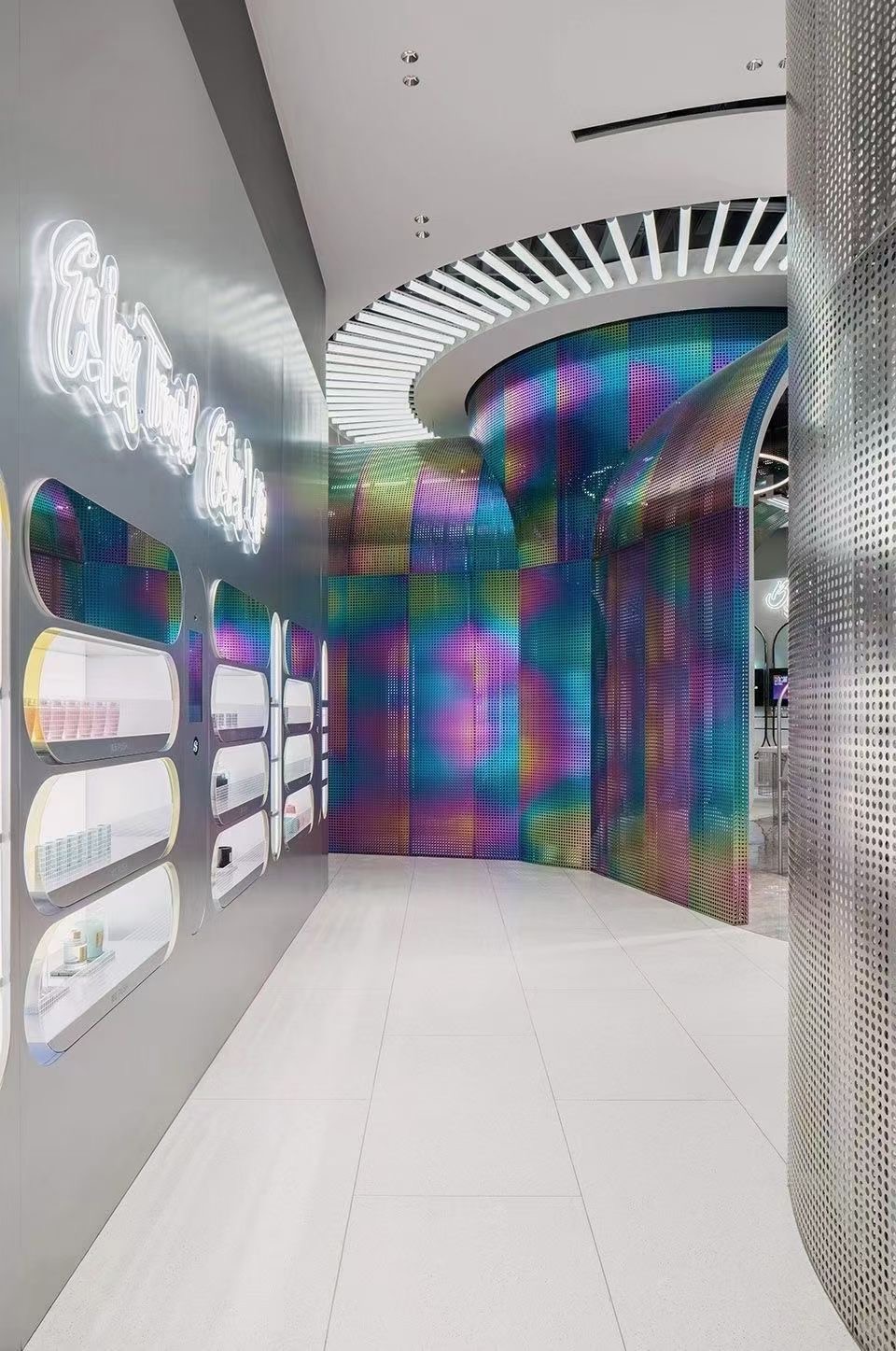
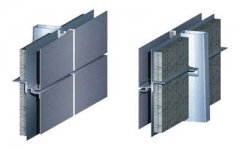
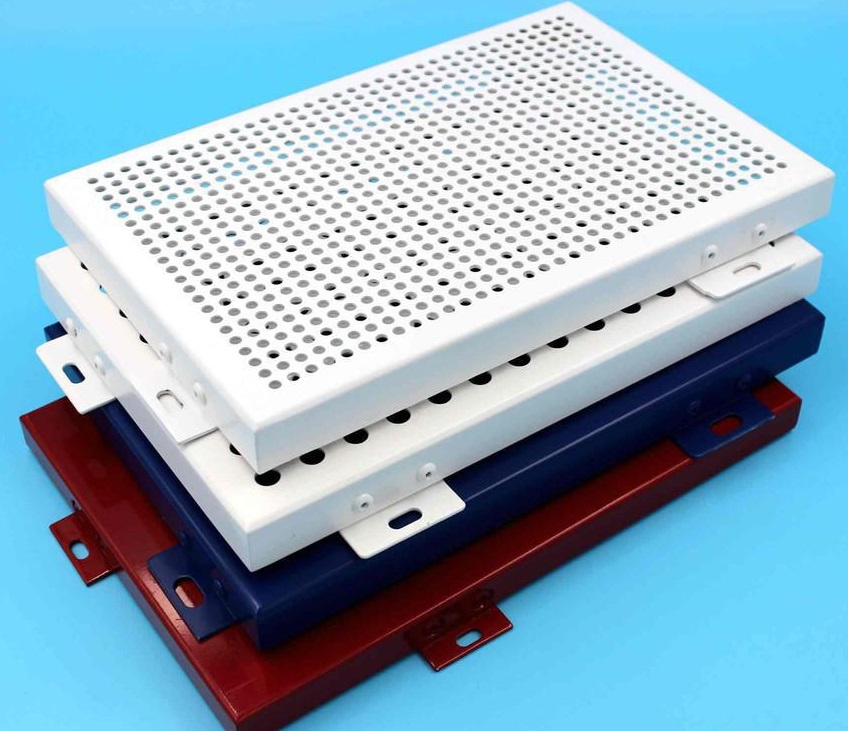
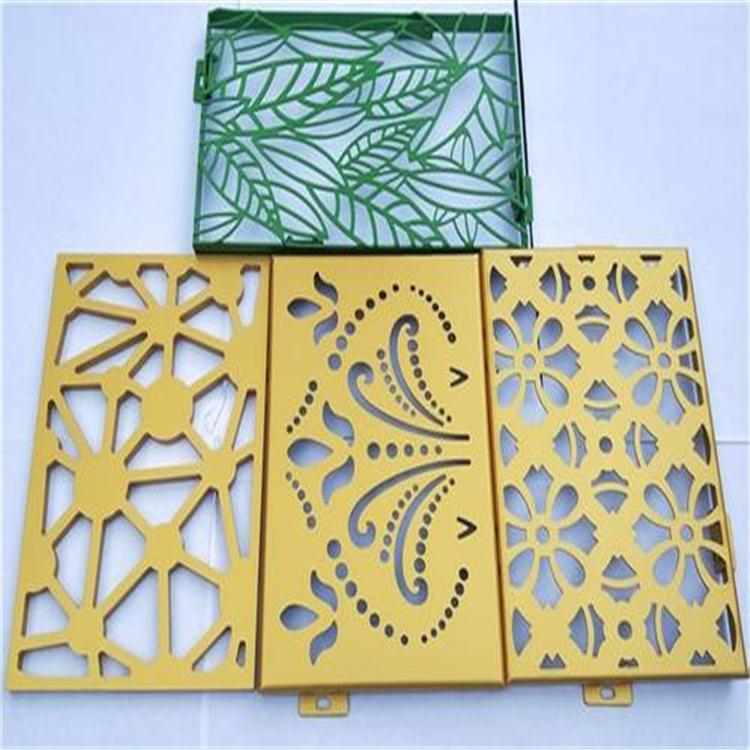
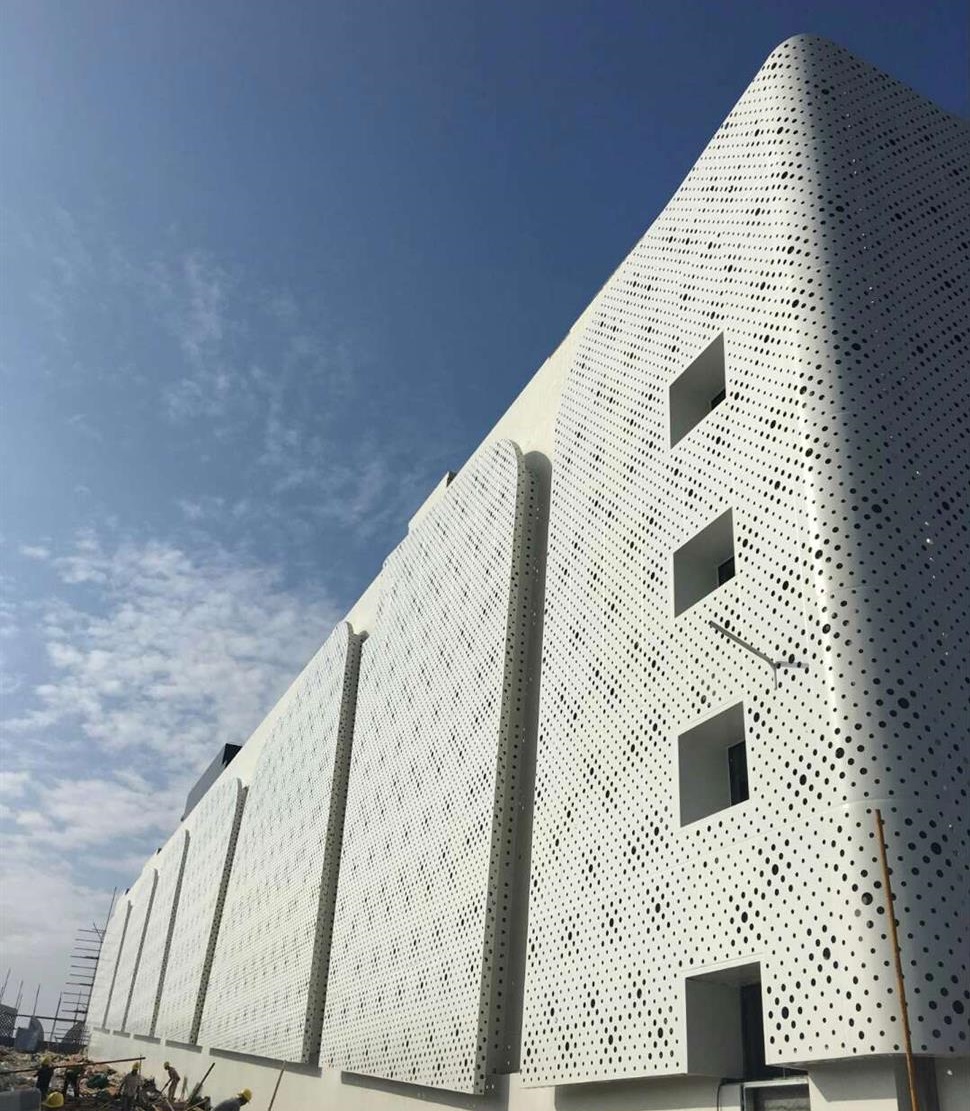
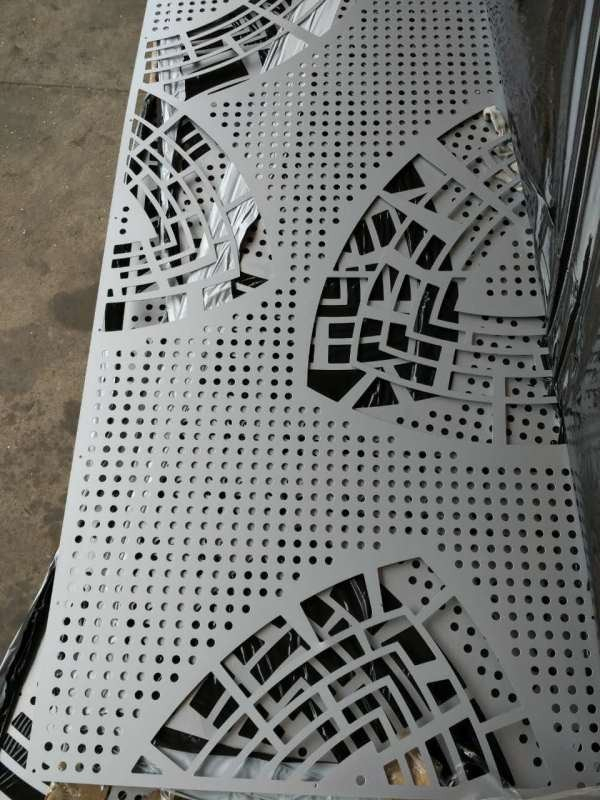
 Customer service QQ
Customer service QQ